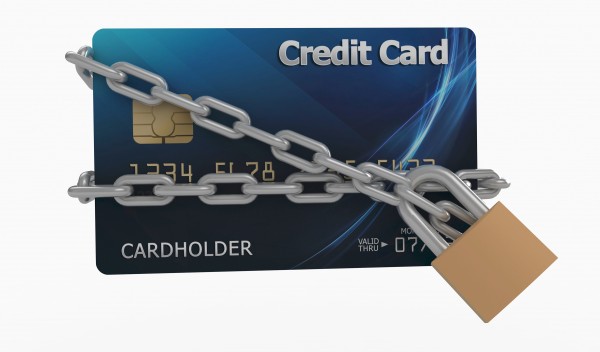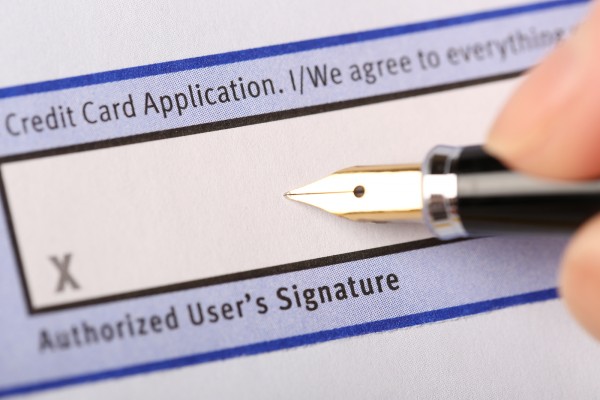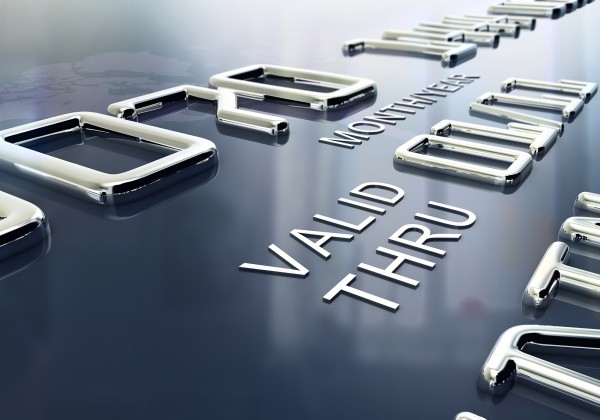Whether you’re a new immigrant, in college, or have limited credit history for any reason, you can gradually build your credit from scratch.
Take it from someone who has built his credit score to the mid-700s in just six months. (Even though I have a good credit history in Malaysia, this doesn’t get transferred to the US, unfortunately.)
Here’s how you can start to build your credit history:
Get a Credit Card
Is this familiar to you?
Banks would tell you that they can’t issue you a credit card until you build your credit history. But how can you do this when it seems like no banks would give you a credit card?
Despite the Catch-22 situation people with no credit history often find themselves in, there are credit cards you can apply for to gradually build your credit profile.
1. Starter / rebuilder unsecured credit cards
- Capital One’s QuicksilverOne
- Capital One is well-known for being lenient to those who are building credit. They’re most likely to get you started on their QuicksilverOne credit card (which comes with a $39 annual fee unfortunately, but it’s the price you have to pay). For a better chance at being approved—this is just from my experience—you should apply for it in person.
- You’ll also most likely be given a $300 credit line. Make sure you pay your balance off in full every month, and your credit line will be increased automatically after 6 months.
- It also comes with 1.5% cash back on every purchase.
- This was the credit card I started off with.
- Discover’s Discover it
- Discover isn’t likely to approve your application until you have a bit more credit history. After using Capital One’s QuicksilverOne for a few months, you may consider applying for this card.
- This card offers 1% cash back, and 5% cash back on changing categories every quarter.
- You also get free FICO score monthly.
2. Secured credit cards
- If for whatever reason your QuicksilverOne application is not approved, you should consider applying for a secured card like Capital One’s Secured MasterCard. It reports to all three major credit bureaus, unlike some other secured cards.
- If the secured card you’re applying for doesn’t report to the three major credit bureaus, you won’t be able to build your credit.
- Almost anyone can qualify for a secured credit card, as your line of credit is backed by an equal amount of collateral cash deposits. This means for a $200 credit line, you have to deposit $200 in cash. As such, the card issuer bears no credit risk.
- Secured credit cards usually don’t offer any rewards.
3. Student credit cards
- If you’re a student, you have a higher chance of getting approved for credit cards that are specifically targeted for students, like the Discover it Students, Capital One’s Journey Student Credit Card, or Citi ThankYou Preferred Card for College Students.
- These cards may offer rewards.
Be Added as an Authorized User
One of the quickest ways to improve your credit score and history is to be added as an authorized user on a credit card by someone with an excellent credit. That can be your spouse, relative, or friend, should they agree to it.
This should also be people who constantly pay off their credit card’s balance and keep a low balance as their credit history would be reported on your credit report. This would improve your credit by increasing the Average Age of Accounts.
The converse is true: if they miss a payment, this would be reported on your credit report and affect you negatively.
The primary user you ask this favor from should know that adding an authorized user would not hurt his or her credit. But the primary account holder would be responsible for any charges incurred by the authorized user.
Caveat
American Express no longer reports the primary cardholder’s account age on the authorized user’s credit report. Instead, the authorized user’s account age is when he or she becomes an authorized user.
Be a Responsible Credit Card Owner
Once you get your own credit card, follow some of these tips to build your way to an excellent credit history:
- Keep your balances low: below 30% of your provided credit line (preferably less than 10%) as this is one of the factors that influences your credit score.
- For instance, if you’re provided a $300 credit line, make sure that your balance is always less than $30.
- To keep your balance low, you may have to make multiple payments to your credit card per month. You don’t have to wait till your statement closes before you pay your credit card.
- Pay your statement balance in full on time every month. Set reminders or automatic payments if you have to. Late payments of more than 30 days will be reported to your credit report and stay there for seven years.
Conclusion
For someone with no credit history, it’s not impossible to build your own credit. It would be a slow journey however; you may have a “thin file” if you have fewer than three trade lines. Plus, it may also take up one year or more to prove your creditworthiness to lenders.
What matters most is to keep paying off your statement balances in full on time—you’ll get there, slowly but surely.
If you have any questions, feel free to ask me below.
Main image: Alberto Zornetta / bigstock.com





Pingback: Why You Should Be a Credit Card Deadbeat – Clement Z. Chan